left inferior rectus muscle
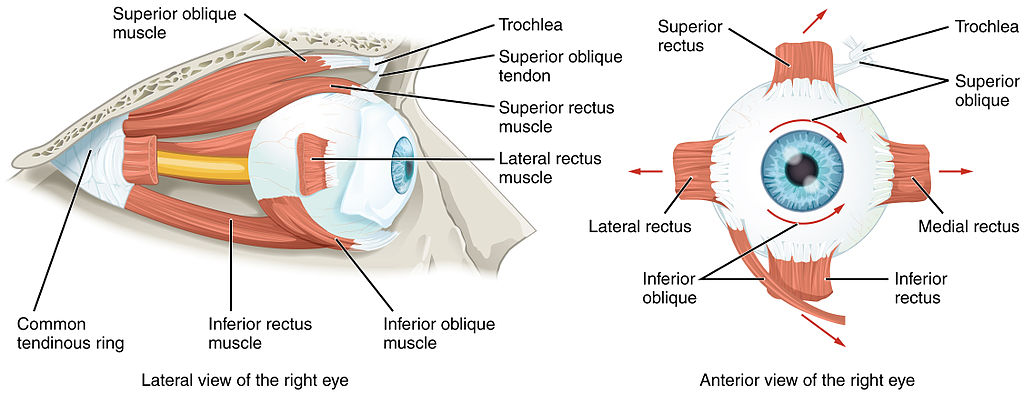 Anatomy, Head and Neck, Eye Inferior Rectus Muscle Article
Anatomy, Head and Neck, Eye Inferior Rectus Muscle ArticleWarning: The NCBI website requires JavaScript to operate. NCBI Bookshelf. Service of the National Library of Medicine, National Institutes of Health. StatPearls [Internet]. Treasure Island (FL): StatPearls Publishing; 2021 Jan... StatPearls [Internet]. Anatomy, Head and Neck, Inferior Eyes Caleb L. Shumway Rectuit Muscle; Mahsaw Motlagh; Matthew Wade.AuthorsAfiliations Last Updated: July 27, 2020.Introduction The lower rectum is one of the seven extraocular muscles and is primarily responsible for depressing the eye (drawing). The lower rectum is one of the four muscles of the rectum, which also include the upper rectum, the mediaetic rectum and the lateral rectum. There are also two oblique muscles, the upper and lower oblique. The seventh extraocular muscle is the levator's upper palpebrae. Structure and functionWith the head to the right and the eyes forward, it is said that the eyes are in the primary look. From this position, an extraocular muscle action produces a secondary or tertiary action. Although the balloon can move about 50 degrees from primary position, usually during normal eye movement only 15 degrees extraocular muscle movement occurs before the head move begins. Zinnn's annulus is the common site of origin of the muscles of the rectum and covers the upper orbital fissure. It consists of upper and lower tendons. The upper tendon is involved with the entire upper muscle of the rectum, as well as portions of the muscles of the medial rectum and the lateral rectum. The lower tendon is involved with the lower muscle of the rectum and portions of the muscles of the medial rectum and the lateral rectum. The lower rectum has a primary depression of the eye, causing the cornea and the pupil to move lower. The lower rectum originates from the Zinn Anulus and extends earlier and laterally along the orbital soil, making a 23-degree angle with the visual axis. This angle makes the secondary and tertiary actions of the lower rectum muscle rapture and extortion (excycloduction). Each of the extraocular muscles has a functional insertion point, which is at the nearest point where the muscle first gets in touch with the balloon. This point forms a tangential line from the balloon to muscle origin and is known as the contact arch. The lower rectum inserts into the vertical meridian, approximately 6.5 mm of limbo. Embryology The mesenchyme of the head, including orbit and its structures, arise mainly in mesoderm and neuronal crest cells. Extraocular muscles come from the mesoderm, but the satellite and the connective tissue of the muscle derive from neural crest cells. Most of the remaining connective tissue in the orbit is also derived from neural crest cells. Blood and lymphatic supply The lower rectum receives blood mainly from the lower muscle branch of the ophthalmological artery, with secondary input from the infraorbital artery. The primary blood supply for all extraocular muscles is the muscle branches of the ophthalmological artery, the lacrimal artery and the infraorbital artery. The two muscle branches of the ophthalmic artery are the upper and lower muscle branches. The venous drainage is similar to the arterial system and is emptied in the upper and lower orbital veins. There are usually a total of four vortex veins, and these are on the side and side sides of the upper and lower rectus muscles. These vortex veins are drained into the orbital venous system. NervesThe lower rectum is immersed in the lower division of the cranial nerve III (oculomotor). The cranial nerve III is divided into upper and lower divisions, with the upper division that formed the upper rectum, and the upper palpebrae of the camtor, and the division below the media rectum, the lower rectum and the lower oblique. The lateral rectum is inervated by the cranial nerve VI (abducens), and the upper oblique is inervated by the cranial nerve IV (troclear). In addition, the parasympathetic inervation of the pupillae sphincter and the ciliar muscle travels with the branch of the lower division of the cranial nerve III that supplies the lower oblique, and this passes near the lower rectum. This has important surgical considerations that will be explained later. Muscles The lower rectum and the upper rectum are vertical muscles of the rectum. The medial and lateral rectus muscles are the horizontal rectus muscles. Each of the muscles of the rectum originates later in the Zinn Anulus and previous courses. Each of the muscles of the rectum inserts into the balloon at different distances from limbo, and the curved line drawn along the insert points makes a spiral that is known as the Tillaux Spiral. From the media aspect of the balloon, the media rectus is inserted to 5.5 mm of limbo, the rectus below 6.5 mm of limbo, the lateral rectus are inserted to 6.9 mm of limbo and rectus above 7.7 mm of limbo. The lower rectum is 9.8 mm wide in its insertion into the balloon. The tendon is 7 mm, measured from the origin. All muscle length is 40 mm. Extraocular muscles have a large proportion of nerve fibers to skeletal muscle fibers. The ratio is 1:3 to 1:5, compared to other skeletal muscles that is 1:50 to 1:125. Extraocular muscles are a specialised form of skeletal muscle with a variety of fiber types, including slow tonic types that resist fatigue and also saccadic type muscle fibers (rapid). physiological variables The size of the lower muscle of the rectum, as well as its insertion point in the balloon from limbo and other anatomical measurements, can vary widely from one individual to another. The numbers described in this article reflect average distances. Congenital differences in extraocular muscles can cause eye dealing. See the Clinical Meaning section for more details on strabismus. Surgical Considerations Because parasympathetic fibers of the pupil sphincter and the ciliar muscle travel with inervation to the lower oblique, and the lower oblique crosses the lower rectum laterally, there are possible complications of surgery in this area. If parasympathetic fibers are damaged during surgery in this area, it may result in pupil abnormalities. The lower rectum also interacts with the lower eyelid through a fascial connection from your pod. The weakening or recession of the lower rectum can extend the palpebral fissure, and this can cause a low cap flow. On the contrary, the strengthening or resection of the lower rectum can cause the fissure to anule and raise the lower lid. The nerves to rectify upper oblique muscles and muscles insert in the muscles to a third the distance from the origin to the insertion. This makes it difficult to damage these nerves during the surgery of the previous segment, but not impossible. In addition, instruments that are advanced 26 mm after muscle insertions of the rectum can cause nerve injury. Blood vessels may be compromised during the surgery of the lower muscle of the rectum. The vessels that supply blood to extraocular muscles also supply almost all the temporary half of the previous segment of the eye. Most of the nasal half of the anterior segment circulation also derives from blood vessels that supply extraocular muscles. Therefore, care should be taken during the surgery of the media rectum or other extraocular muscles to avoid interrupting this blood supply. There are other complications that may result from lower rectum surgery, which may also result from other muscle rectal surgery. Unsatisfactory alignment is the most common complication and may require additional surgery to correct this. Reactive changes can occur when two muscles of one eye rectum are operating, and this can be resolved for months. Other possible surgical complications include diplopia, sclera perforation and postoperative infections. Although severe infections may be uncommon after strabismus surgery, including pre-septal or orbital cellulite and endophtalmitis. Clinical Meaning The function of the lower muscle of the rectum can be evaluated along with the other extraocular muscles during the clinical examination. The movement of extraocular muscles can be evaluated by having the patient's look in nine directions starting with a primary look, followed by the secondary positions (up to, down, left and right) and the tertiary positions (up to and right, up and left, down and right, down and left). The doctor can test these positions by having the patient follow the doctor's finger draws a wide "H" letter in the air. Other eye alignment tests can be tested later by various methods, including cover tests, reflex of corneal light, disimilar image testing and disimilar target testing. Since many patients with extraocular muscle anomalies are small children, the clinician may need to use various smart means such as the use of toys or other objects to obtain the cooperation of the child. Strabismus, or eye deallineation, may be caused by abnormalities in binocular vision or neuromuscular control abnormalities. The weakness, injury, or paralysis involved in the lower rectum muscle may be involved in strabismus. Because the lower rectum is close to the orbital soil, fractures of the orbital soil can involve this muscle. Muscle paresis of the lower rectum may result from lower rectum or nerve muscle trauma. This may occur either at the time of the initial injury or during the surgical repair of the orbital soil. If the lower rectus muscle paresis is present without intrusion, the patient may show hypertropy in the primary position. If the paresis is present with the intromission, the patient may have a small deviation or even a small hypotropy that decreases with the decrease. The management of the lower pairs is observation for six months. If there is no improvement during this time, you can recommend muscle surgery. Other problemsThe lower rectum has a muscle capsule that binds to the lower oblique muscle capsule. This fibrous connection is known as Lockwood ligament and connects the lower eyelid retractors. Continuous education / review questions The extraocular muscles of the orbit. By OpenStax College [CC BY 3.0 (https://creativecommons.org/licenses/by/3.0)], via Wikimedia Commons References This book is distributed under the terms of the Creative Commons 4.0 International License (), which allows the use, duplication, adaptation, distribution and reproduction in any medium or format, provided that you give appropriate credit to the original author(s) and source, a link to the Creative Commons license is provided, and changes are indicated. ViewsIn this PageRelated information Similar products in PubMed Recent activityYour navigation activity is empty. The activity recording is off. , 8600 Rockville Pike, Bethesda MD, 20894 USA

Squints (Strabismus)
:background_color(FFFFFF):format(jpeg)/images/library/13001/pasted_image_0.png)
Inferior rectus: Origin, insertion, innervation, action | Kenhub

Isolate action for each muscle
Extrinsic muscles of the eyes
Extraocular Muscles

Eye Movement - Neurology - Medbullets Step 1
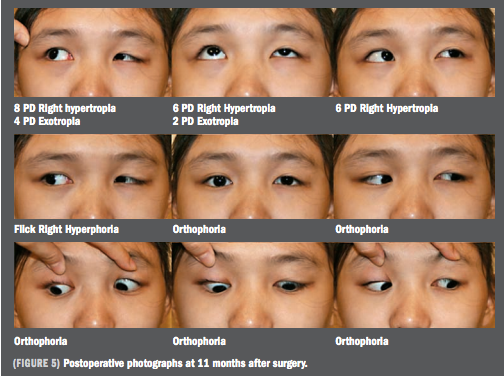
Anteronasal transposition: A new twist on the inferior oblique muscle
If the Inferior Rectus Muscle, innervated by the Occulomotor nerve moves the eye to the inferior lateral position (shown in the picture), why would an Occulomotor Palsy present with down and out

Thickening of the left medial rectus muscle demonstrated by MRI in a... | Download Scientific Diagram
AMICUS Illustration of amicus,surgery,eye,rectus ,recession,eyelid,speculum,conjunctive,inferior,rectus,muscle ,dissected,knots,palced,globe,4mm,reattached,episcleral,traction,suture,pole
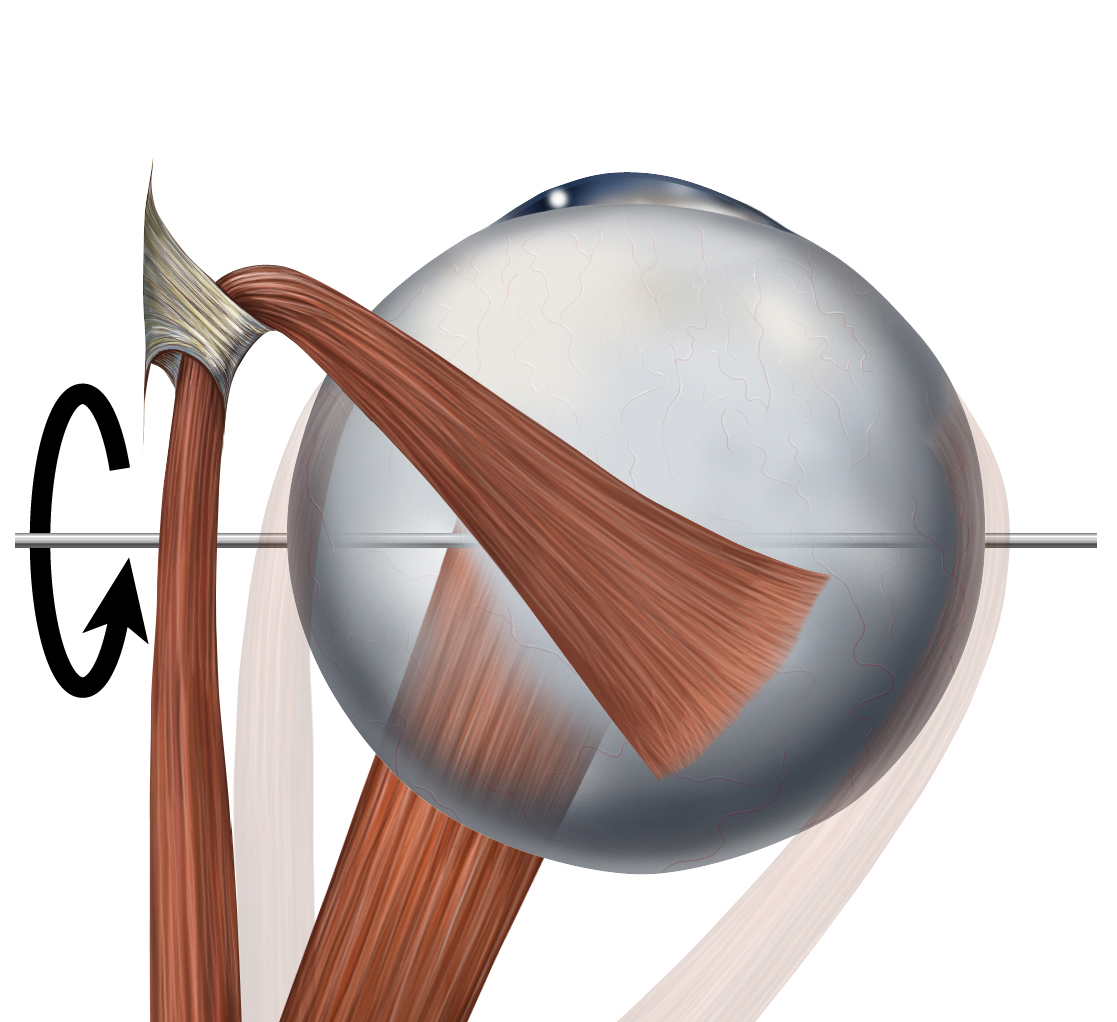
Inferior rectus muscle - Wikipedia

Coronal view of orbital MRI: hypertrophy of the left inferior rectus... | Download Scientific Diagram

Anatomy and Actions of the Extra-ocular (Eye) Muscles - Pediatric Ophthalmology PA

INHIBITIONAL PALSY OF... - Società Mediterranea di Ortottica | Facebook
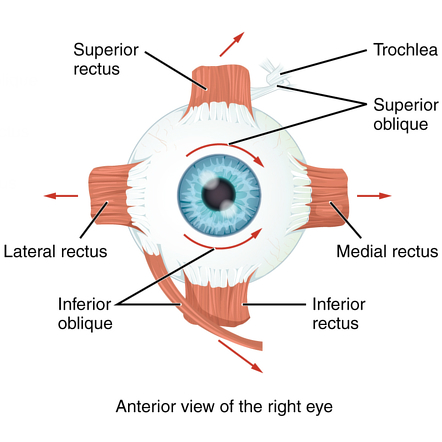
Eye Muscles
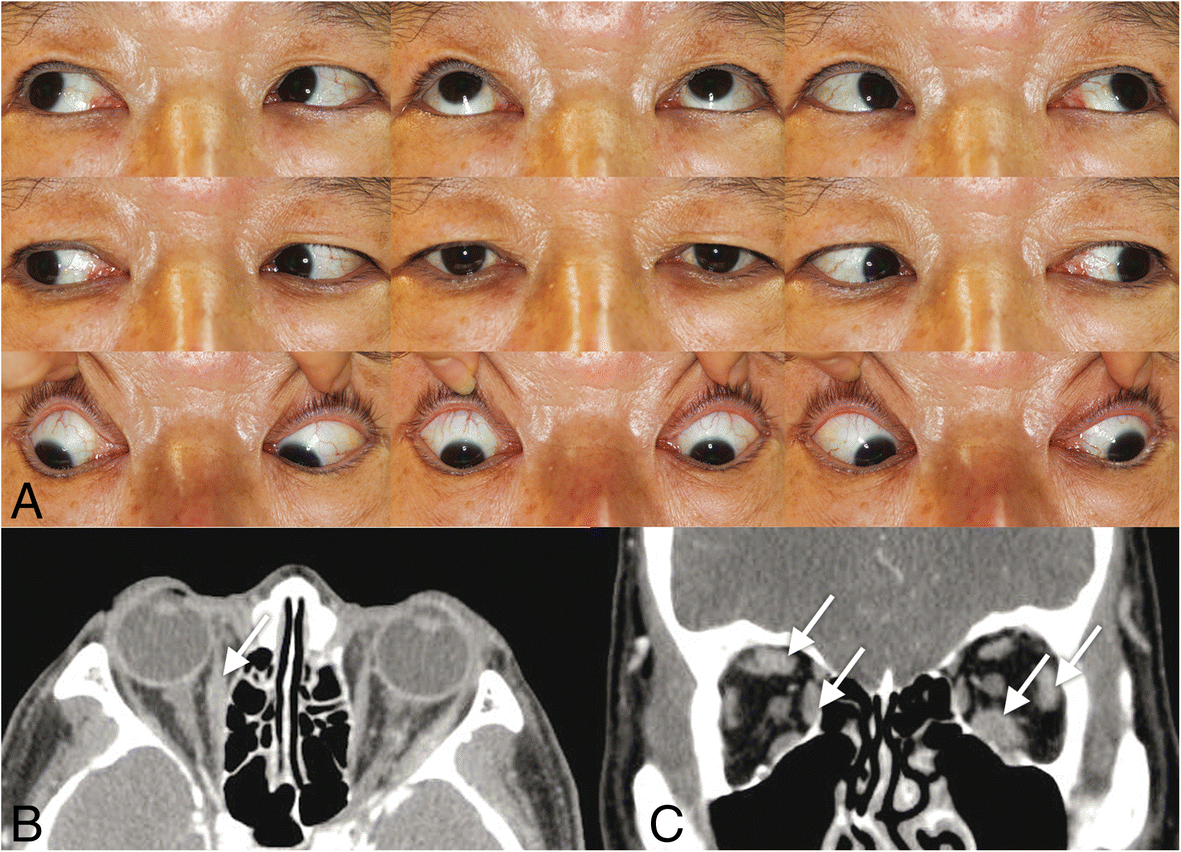
IgG4-related ophthalmic disease involving extraocular muscles: case series | BMC Ophthalmology | Full Text
Isolated primary amyloidosis of the inferior rectus muscle mimicking Graves' orbitopathy

The Extraocular Muscles | Ento Key

Inferior rectus muscle of the eye - Origin, Insertion, Function - Anatomy | Kenhub - YouTube
Extraocular Muscles
Diplopia and Hess Charting

Familial Aplasia of the Inferior Rectus Muscles

Figure 1 from Magnetic Resonance Imaging of the Functional Anatomy of the Inferior Rectus Muscle in Superior Oblique Palsy | Semantic Scholar
Left orbital fracture with inferior rectus muscle entrapment - American Academy of Ophthalmology
Temporal view of the left eyeball. The lateral rectus muscle was not... | Download Scientific Diagram

Figure 4 from The inferior oblique muscle adherence syndrome. | Semantic Scholar

Paralytic strabismus

EXTRAOCULAR MUSCLES - www.medicoapps.org
Inferior rectus muscle rupture due to orbital trauma

Paralytic strabismus
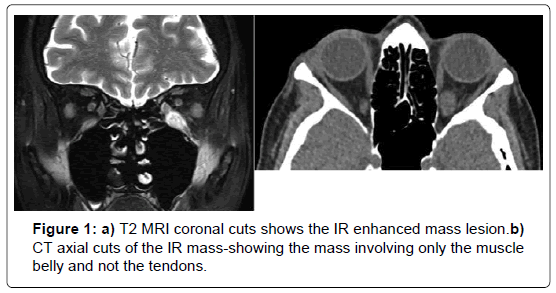
Endoscopic Trans-Sinus Approach for Biopsy of the Inferior Rectus Muscle | SciTechnol

Case Challenge — An 18-Year-Old Man with Diplopia and Proptosis of the Left Eye — NEJM

Superior and Anterior Views of Orbit Anatomy Abducens nerve (CN VI) , Inferior rectus muscle , Nasocili… | Orbit anatomy, Skeletal system anatomy, Abducens nerve

Familial Aplasia of the Inferior Rectus Muscles

slides.show
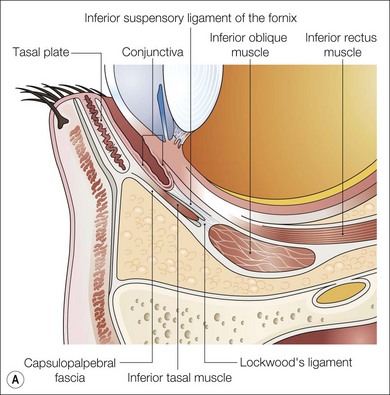
Strabismus surgery | Ento Key
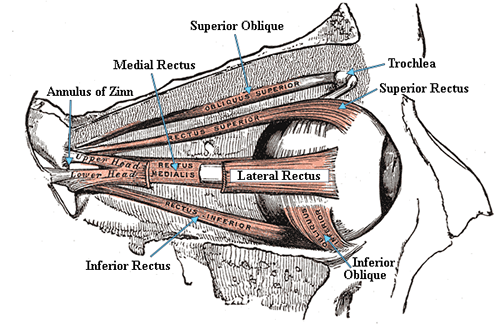
Extraocular Muscles and Movements
Moran CORE | The Motility Exam

View Image
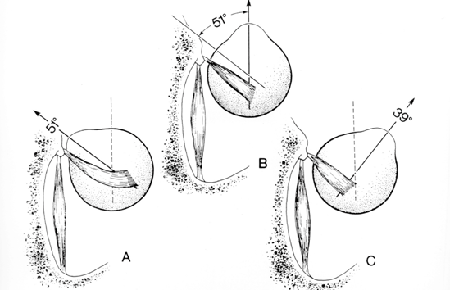
Understanding the Causes of Vertical Diplopia
Posting Komentar untuk "left inferior rectus muscle"